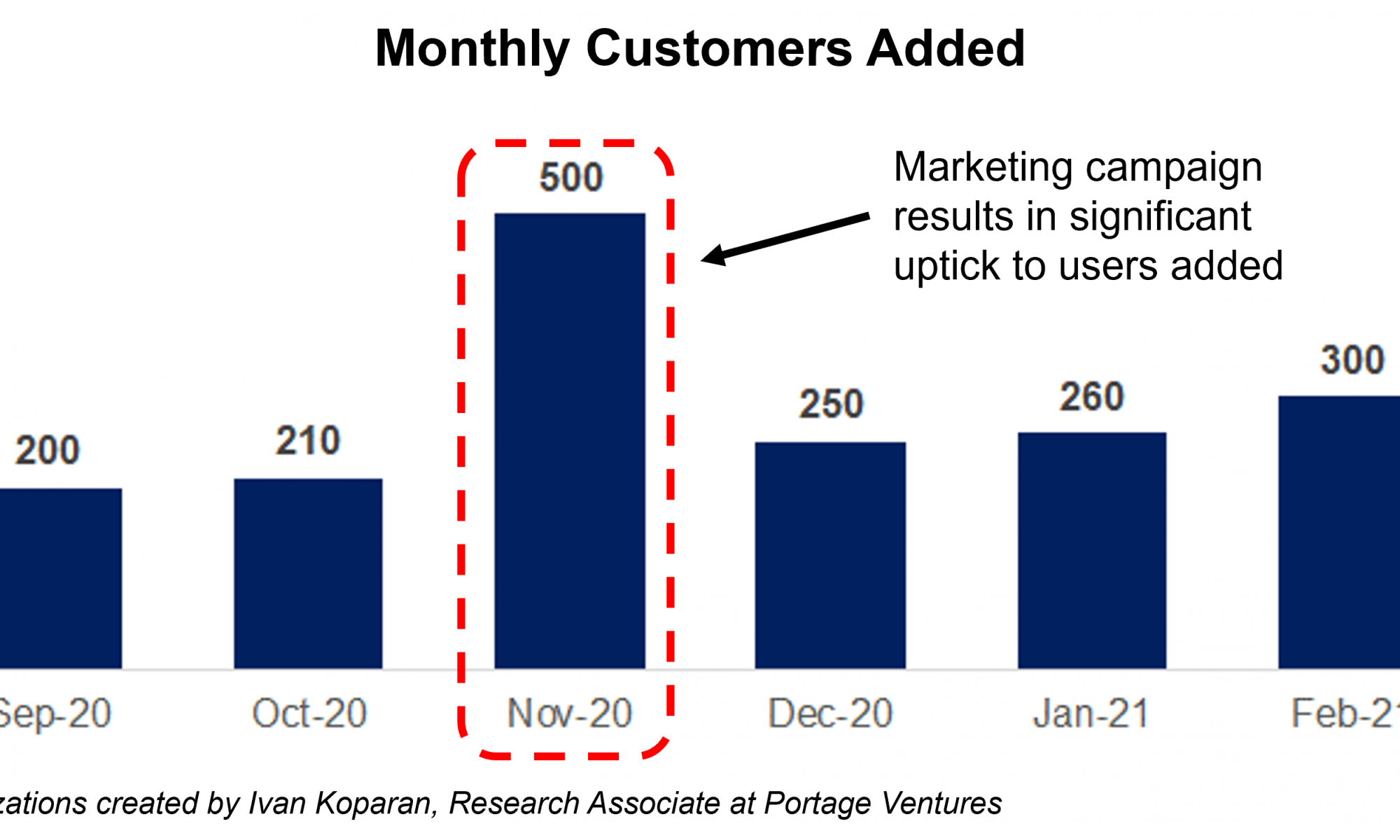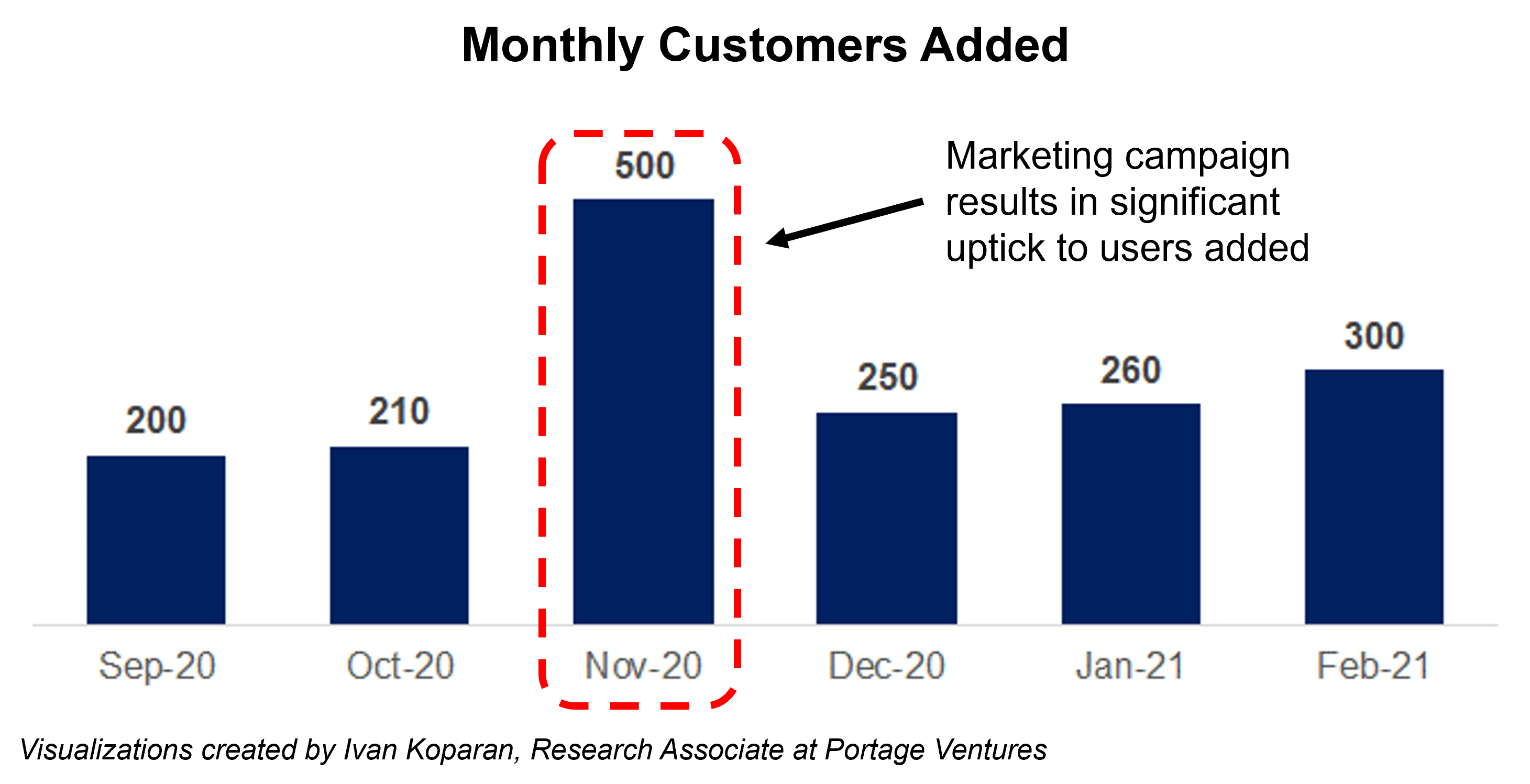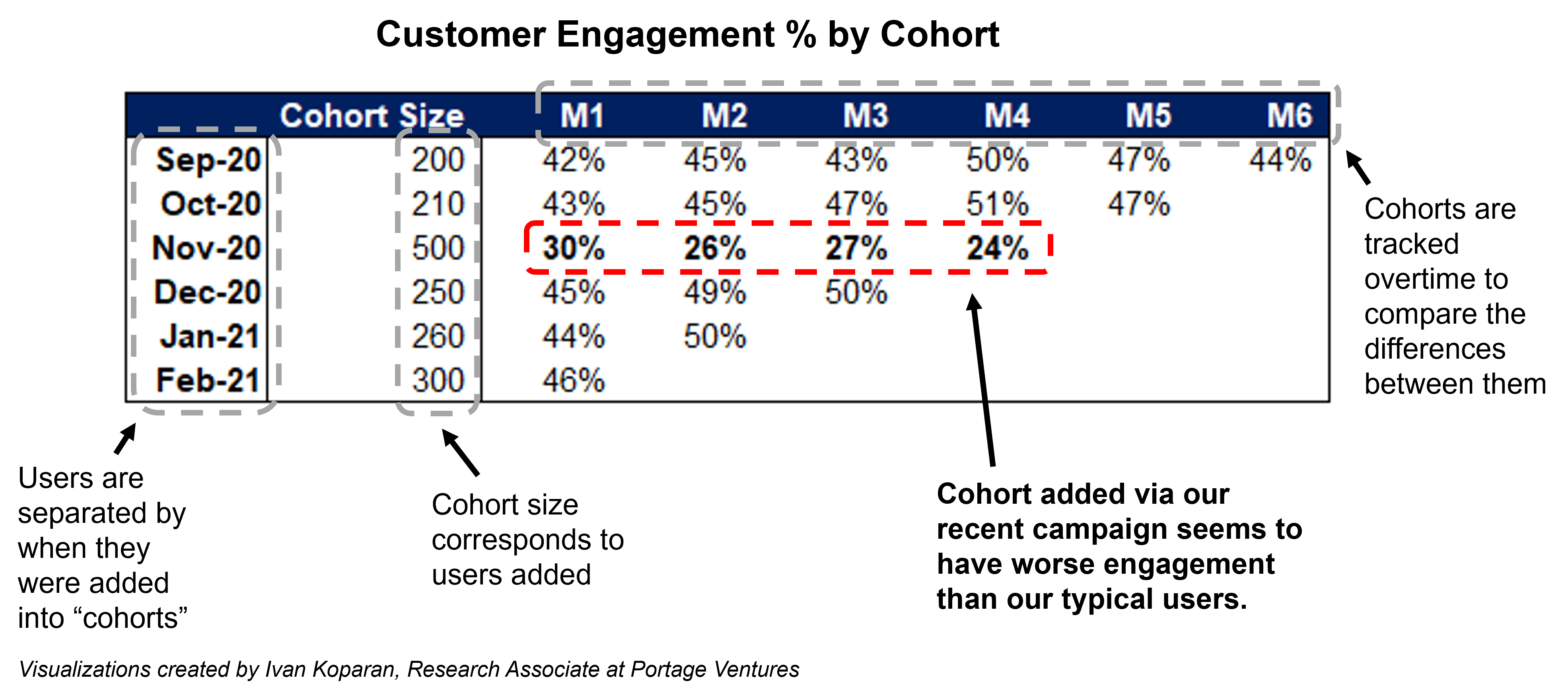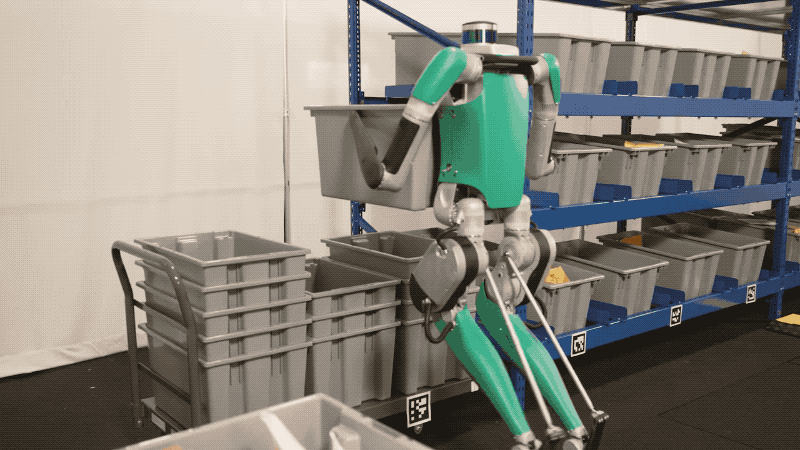Beleaguered electric truck developer Nikola Corp. has inked a new agreement with Bosch for its hydrogen fuel cell modules. The modules will be used to power two of Nikola’s hydrogen-fueled semi-trucks, the short-haul Nikola Tre and Nikola Two sleeper.
“This announcement is the result of a multi-year working relationship with Bosch,” Nikola CEO Mark Russell said in a statement. “After extensive analysis of the best options out there, we are proud to enter into this strategic relationship with Bosch.”
The news is a positive sign for the relationship between the two companies, which has not always been smooth. Bosch invested at least $100 million in the hydrogen truck startup in 2019 but reduced its shares in the company the following year. Bosch also said last year it would supply fuel cells for Nikola’s European operations.
Nikola declined to share the financial terms of the deal or details regarding fuel cell system volume. Nikola will assemble the hydrogen fuel cell power modules at its facility in Coolidge, Arizona. Bosch will also supply fully assembled power modules, the company said in a statement Thursday. To support power module assembly, Nikola said it will expand the Arizona facility by 50,000 square feet and up to 50 new employees by 2023. The truck maker is also planning to expand its engineering and testing facilities at its headquarters in nearby Phoenix.
A Nikola spokesperson said the new agreement does not affect the company’s relationships with other companies for fuel cell systems and components, including a non-binding MOU with General Motors for the automaker’s Hydrotec fuel cell system that was announced in November last year.
Nikola went public via a merger with blank-check firm VectoIQ Acquisition Corp. At the beginning of this month, the company told investors that it was cutting its delivery outlook for electric semis from 50 to 100 units to just 25 to 50. However, company executives did say that it had built 14 pre-production vehicles, including five alpha and nine beta prototypes.
Meanwhile, Nikola’s former CEO and founder, Trevor Milton, promised a criminal court that he would reside at his Utah ranch until he can be tried for securities fraud and misleading investors.
Source: Tech Crunch








